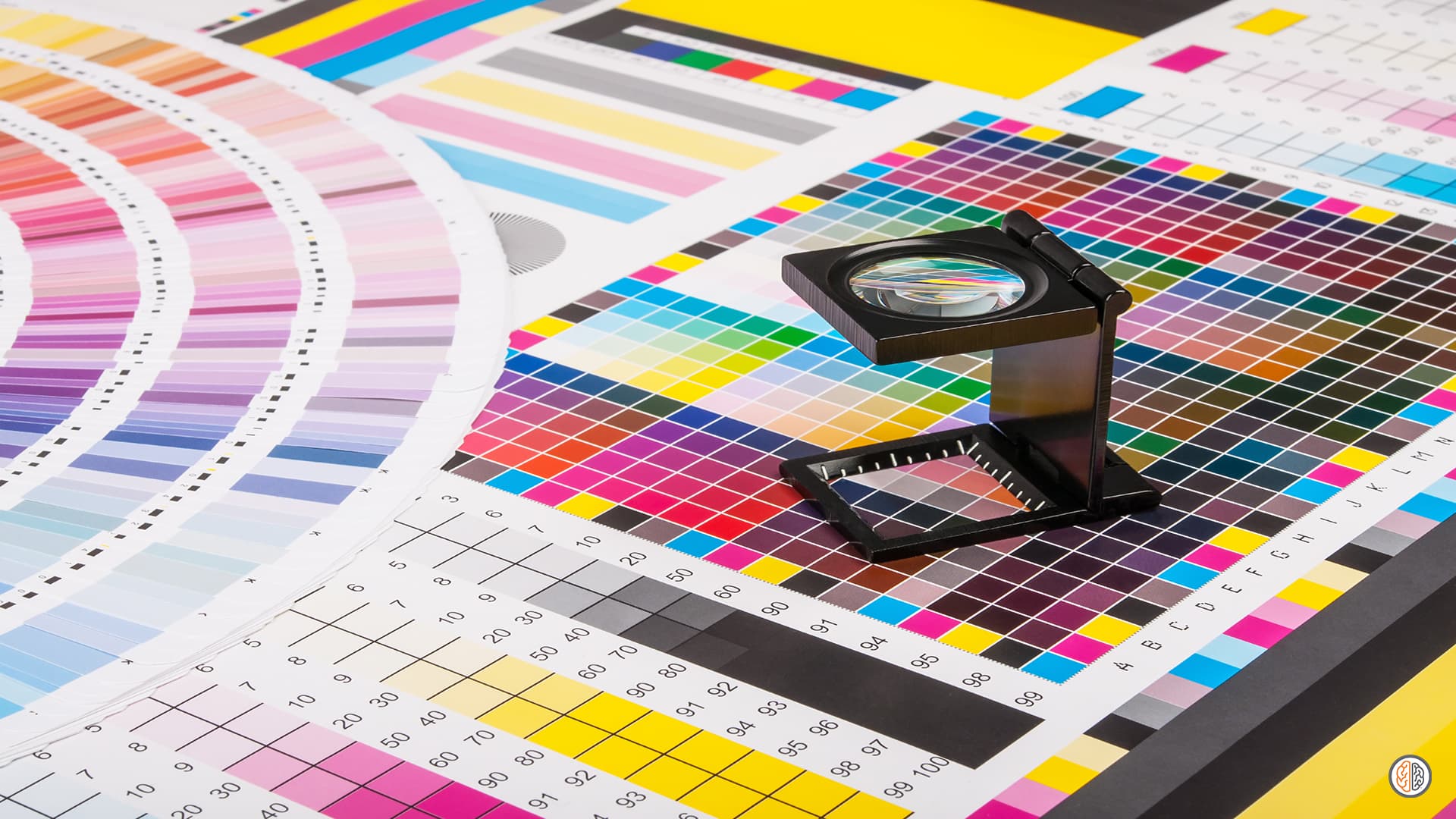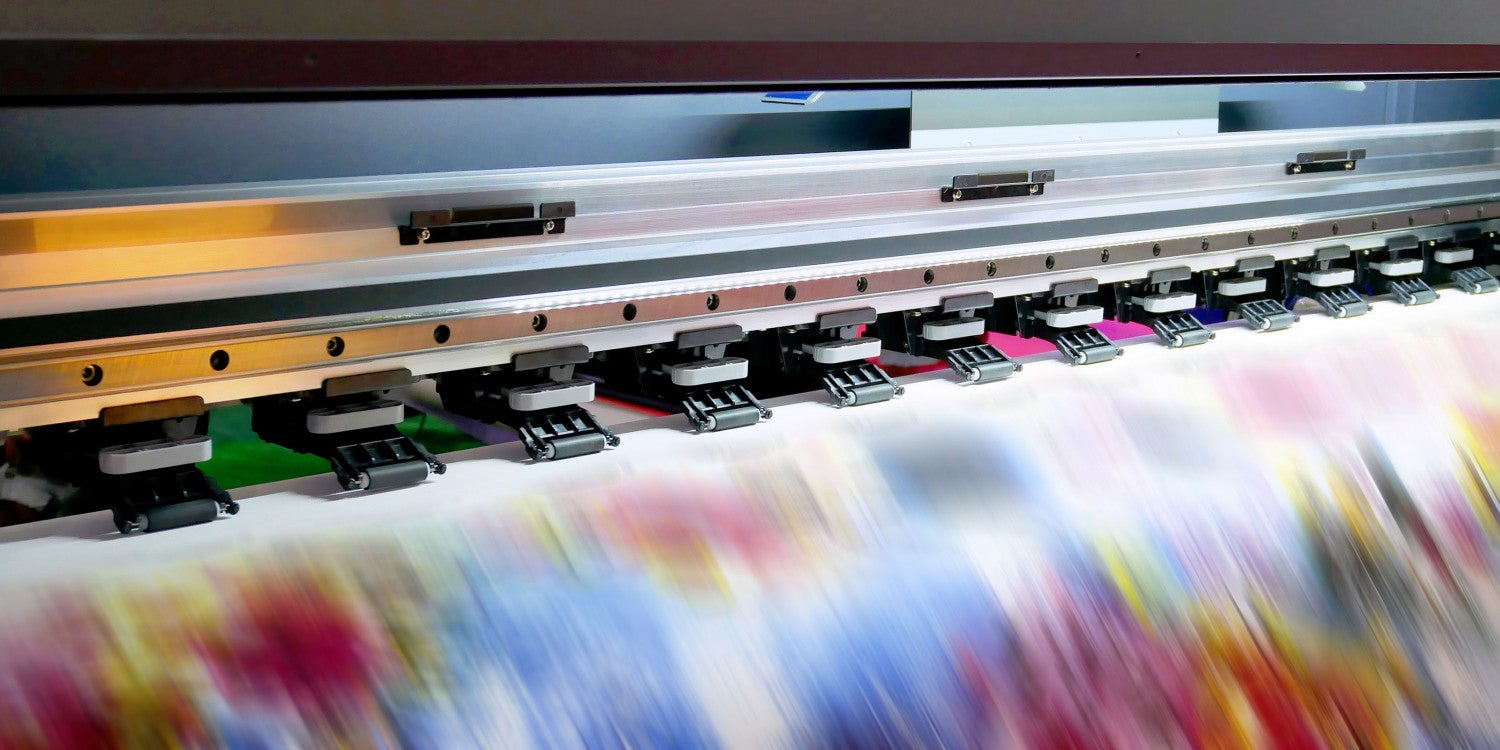Little Known Facts About Digital Printing.
Table of ContentsSee This Report about Digital Printing10 Easy Facts About Digital Printing DescribedDigital Printing Can Be Fun For EveryoneThe Best Guide To Digital PrintingExamine This Report on Digital PrintingA Biased View of Digital PrintingSome Of Digital PrintingGetting The Digital Printing To Work
Personalization additionally permits businesses to attract attention in a crowded market by developing unique marketing products that separate them from their rivals. One of the primary benefits of digital printing is the ability to print variable information. Each published item can be unique, enabling services to develop tailored advertising materials that talk straight to their target audience.Digital printing additionally enables for customization in the design of marketing products (Digital Printing). With digital printing, organizations can develop styles that are special and customized to their certain needs.
Things about Digital Printing
This advantages services that desire to evaluate various advertising and marketing techniques or launch new product or services. By printing smaller sized amounts of advertising and marketing materials, services can lower waste and stay clear of the demand for excess supply. Digital printing is likewise flexible. It can print on numerous materials, including paper, cardstock, vinyl, and steel.
By utilizing different materials and styles, companies can develop unique advertising materials that stand apart from their competitors and draw in focus from their target market. Digital printing additionally provides consistency. With traditional printing techniques, there is frequently variant between prints as a result of distinctions in ink insurance coverage, pressure, and other elements.
This consistency can help develop consumer trust and credibility, showing that the company is committed to giving high-grade materials. Consistency is particularly vital for companies that wish to develop customer count on and credibility. By making certain that every print corresponds, businesses can show that they are dedicated to providing premium products and paying interest to the information.
Digital Printing Can Be Fun For Everyone

In addition, electronic printing produces less waste since it can print on need and in smaller sized amounts, decreasing the need for excess supply and products. Digital printing additionally makes use of less energy compared to conventional printing techniques. Digital printers do not need as much energy to operate, as they do not require to heat up as much or use as much power to run.
The Facts About Digital Printing Uncovered

Countered printing needs a plate for each color published. Conventional balanced out printing is a print approach that uses aluminum plates to transfer ink onto a rubber sheet (commonly referred to as a "blanket"). The photo is after that rolled onto the printing surface. This printing approach is considered "countered" because the ink is not transferred to the paper straight.
The Basic Principles Of Digital Printing
The equipment's set-up costs are high initially, added systems end up being reasonably less expensive as the amount increases. Countered printing permits for a large range of print materials to be made use of during manufacturing. It enables the printer to use various paper types, custom surfaces, and different inks. The top quality photos created through balanced out printing make it the favored technique, especially amongst visuals designers, when looking for the best shade reproduction, detail, and professional-looking prints.
The fundamental printing technique stays balanced out. For digital pop over to this site inkjet printing, ink is transferred directly onto the surface. Instead of counting on light weight aluminum plates and rubber coverings to transfer a photo, electronic printing makes use of liquid ink during production. Traditional home inkjet printers are one of one of the most typical digital printing methods.
Things about Digital Printing
Since countered printing can mix customized shade inks for each work, it will naturally get the shades spot-on. Count on offset printing for clean, distinct kinds and images without streaks or places.
It costs a whole lot to begin a countered job. You have to spend cash right into creating the plates, which takes time. When you've invested it, all of the products are prepared to go, and you'll invest much less on large balanced out jobs than a digital print, which is concerning the same per item no issue just how big the work obtains.
Digital printing is much less costly for low-volume work. The cost per device goes down for electronic printing, so at some factor, they crisscross. Altering information within a single print job.
Getting My Digital Printing To Work
While digital printing or inkjet printing is the recommended choice in the present times, there are engaging reasons to convert from balanced out to electronic printing systems. When printing offset or digitally, critical choices and processes are included in shade matching.
Whichever the instance, the shade will certainly require to be matched. Color matching of electronic printer ink is no longer testing with dyes and pigments. Industrial inkjet printing offers adaptability for printing on several various substrates. Digital printing is suitable for customers who do not need longer more runs and browse around here warehousing materials.

One benefit of digital printing is choosing from a broad array of digital substratums. With offset printing, substrates comprise, on standard, 30% of the cost of the work. With digital printing, the cost of the substratum in the general job is small. This allows for even more selections than ever, and that's excellent for marketing experts and services.
The Digital Printing Diaries
Equipment expenses in inkjet printing are far lower than countered printing as there are no plate-making, plates, and press expenses. Beyond the resources cost, the prepress equipment and printing presses require highly proficient operators in offset printing, which includes labor costs.